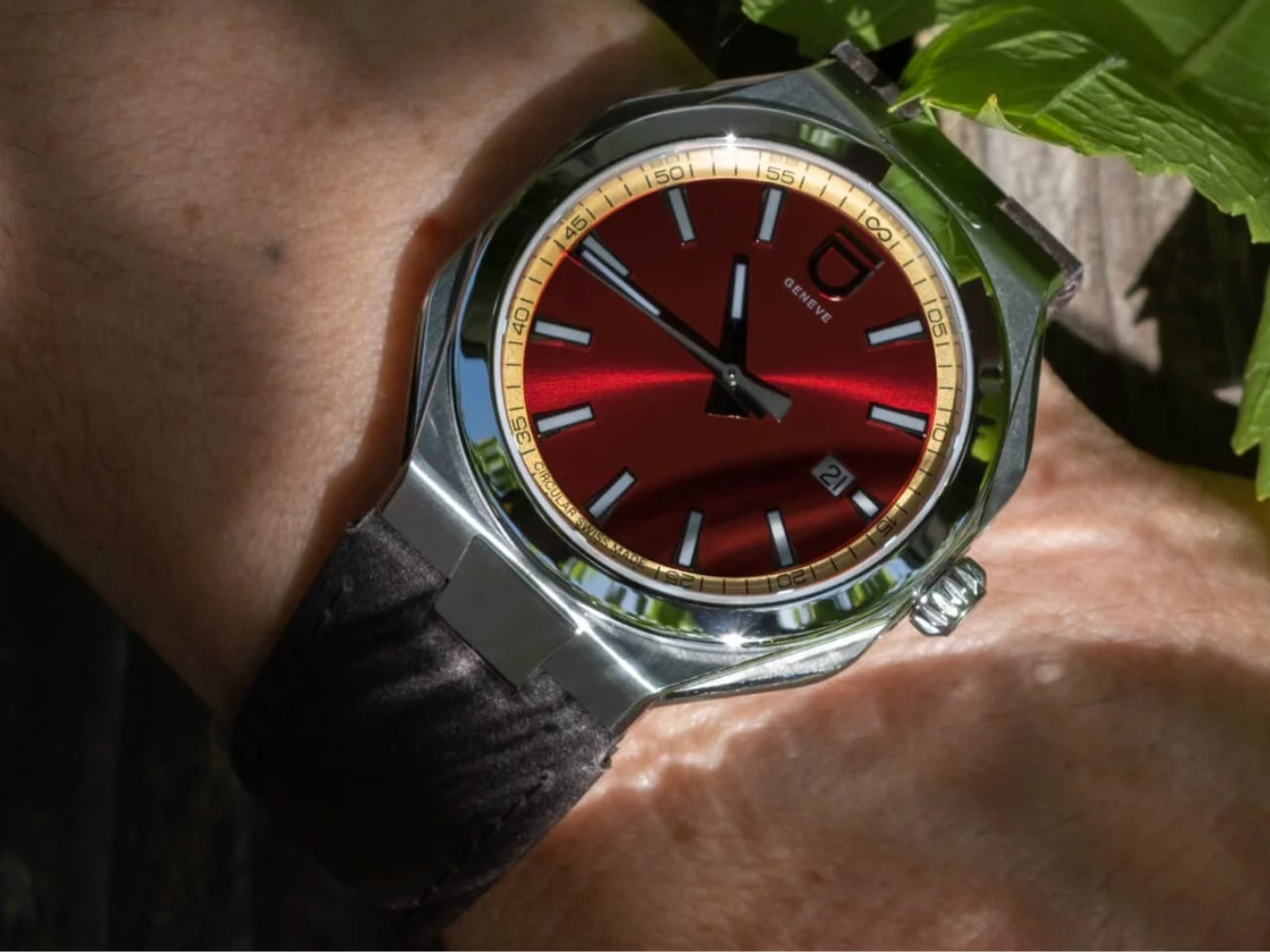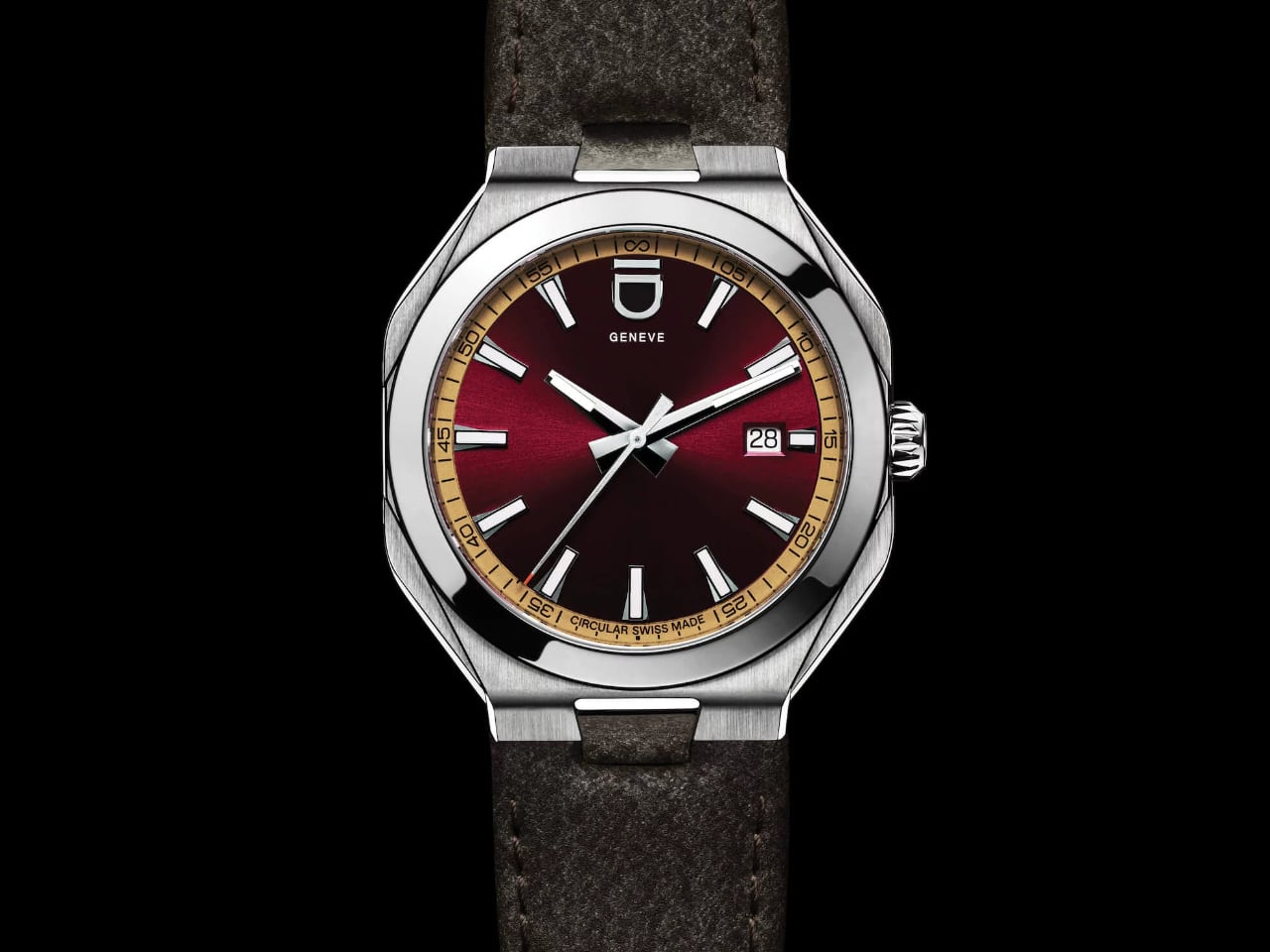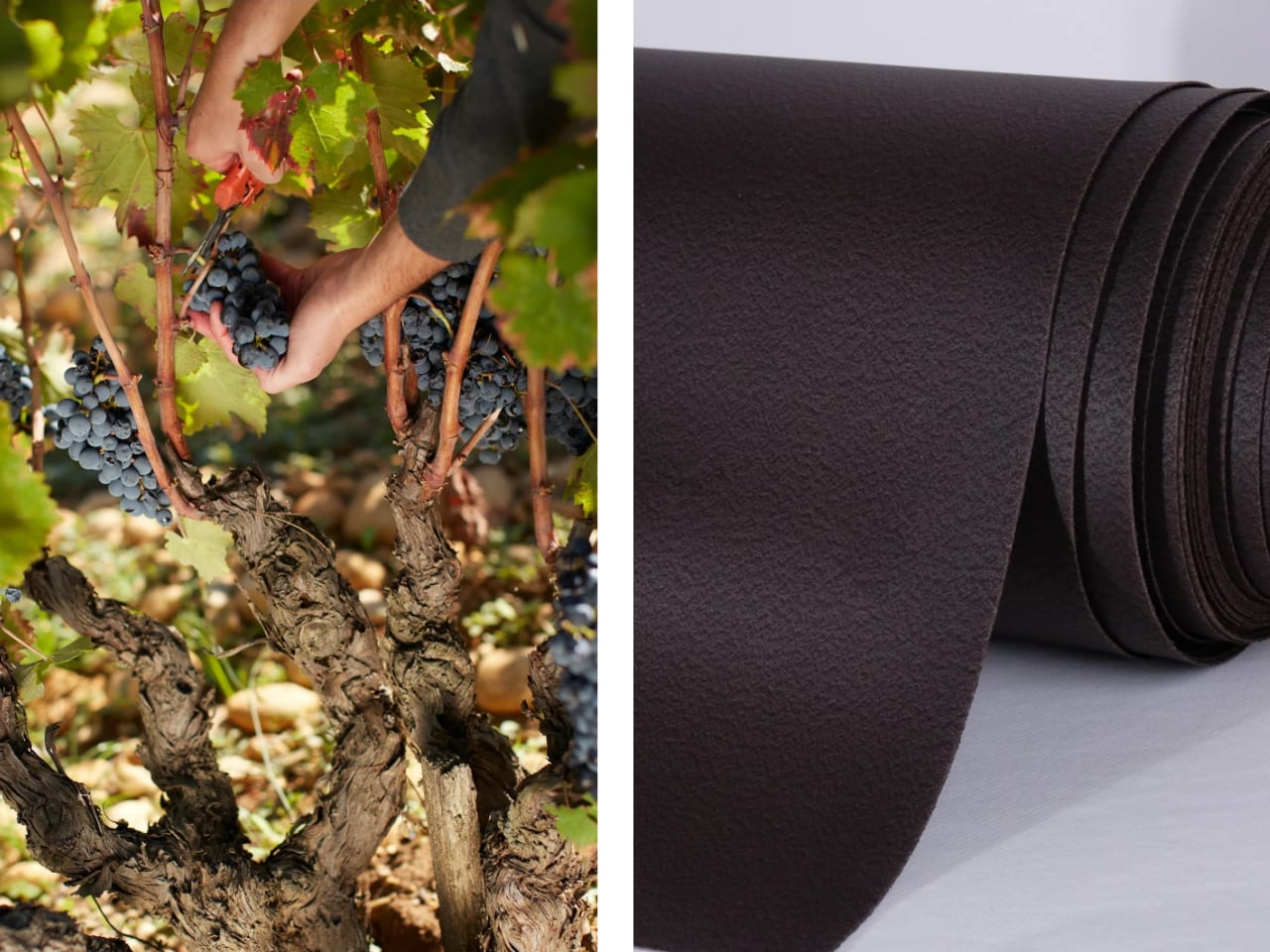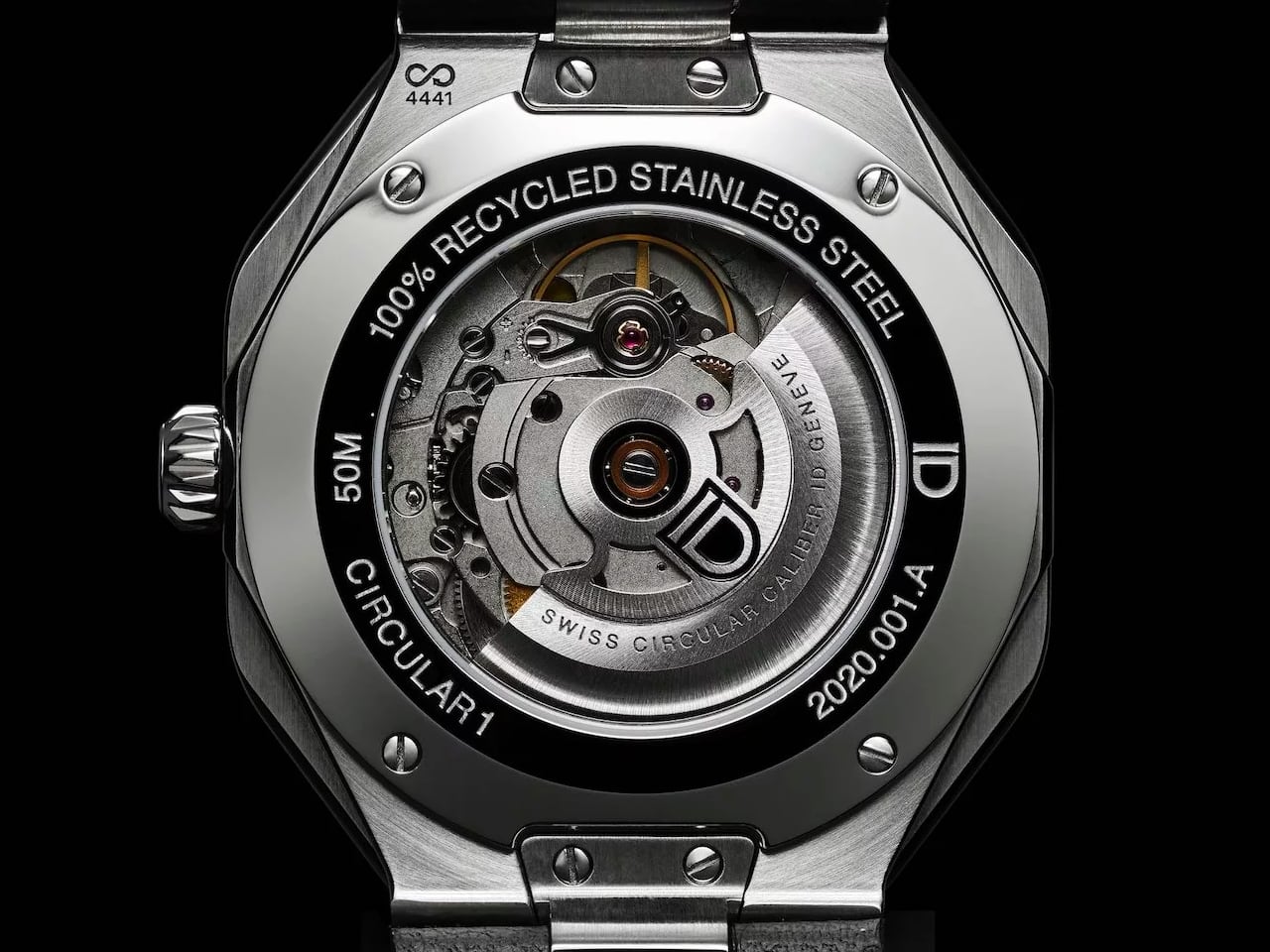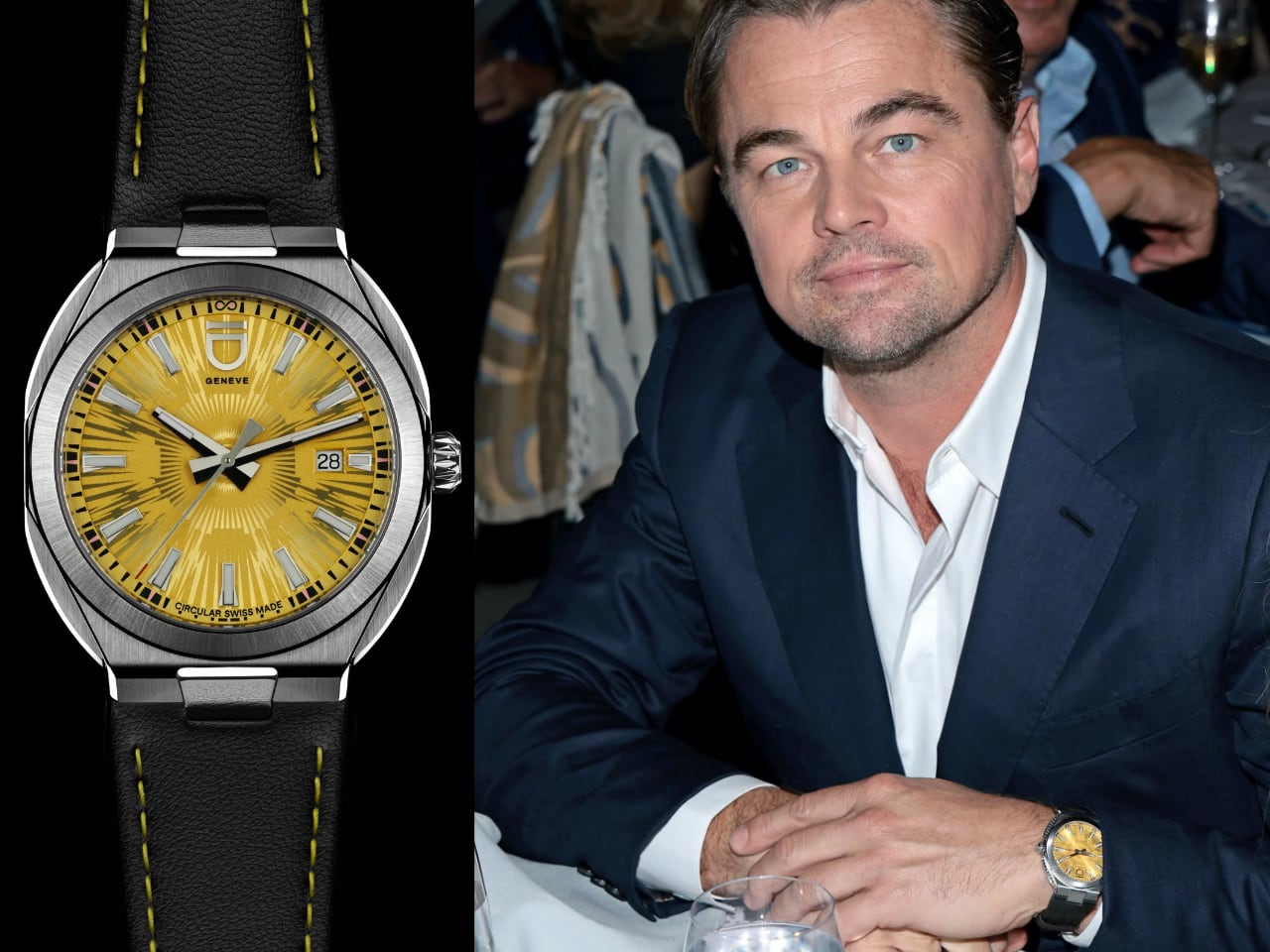When Nature Meets Nordic Design: MycoWorks’ Reishi Transforms Danish Craftsmanship
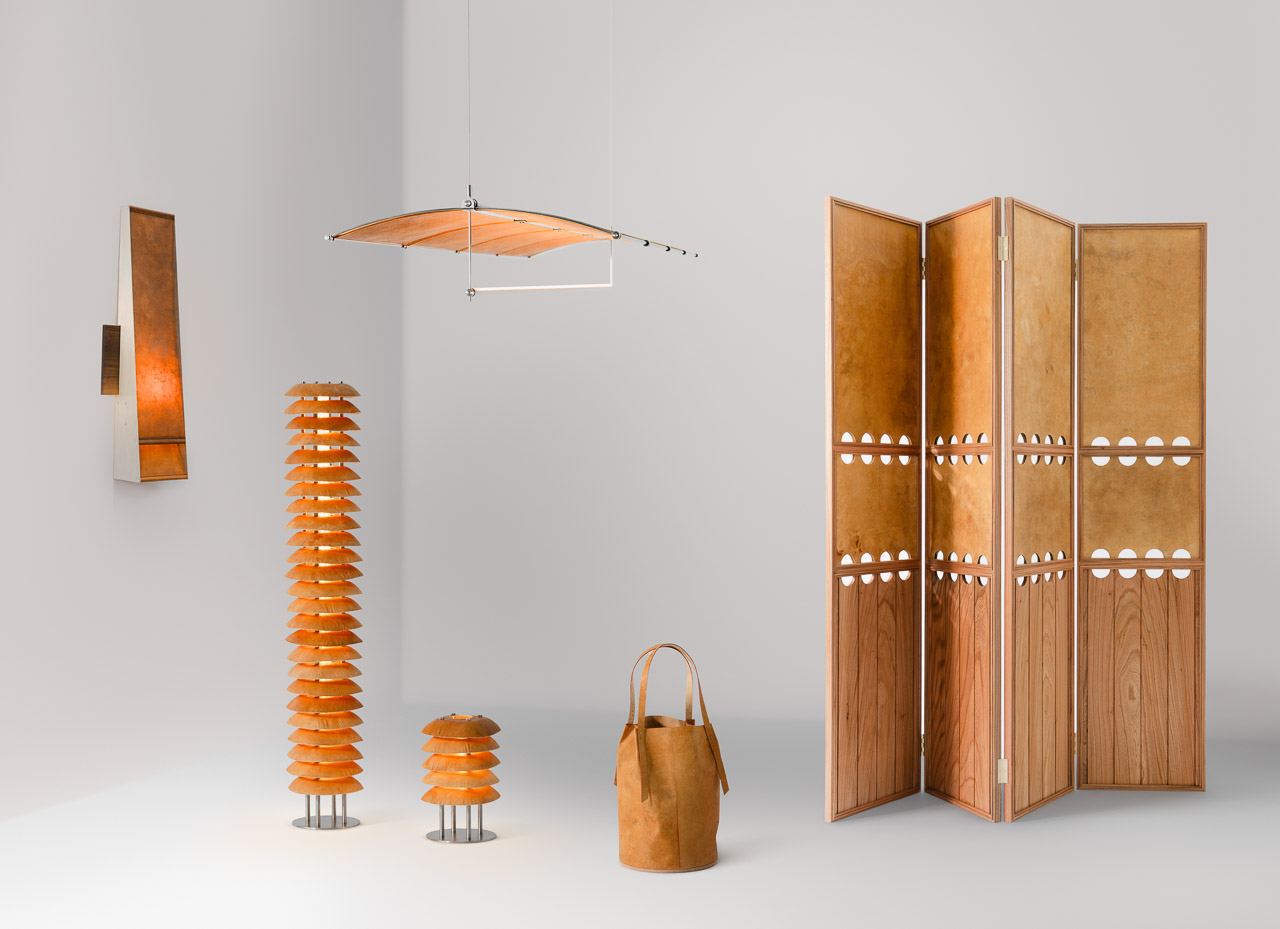
The intersection of biotechnology and traditional craftsmanship reached a defining moment at Copenhagen’s 3 Days of Design 2025, where MycoWorks’ Reishi biomaterial took center stage in a groundbreaking exhibition that challenges our understanding of sustainable luxury materials.
Curated by: Marie-Louise Høstbo
A Living Material Meets Visionary Designers
“Reishi in the Nordic Light” brought together five of Denmark’s most celebrated design studios in an unprecedented collaboration. Curated by Marie-Louise Høstbo at Galerie MøllerWitt from June 18-20, the exhibition explored how this mycelium-based material responds to the subtle interplay of natural and artificial light that defines Nordic design philosophy.
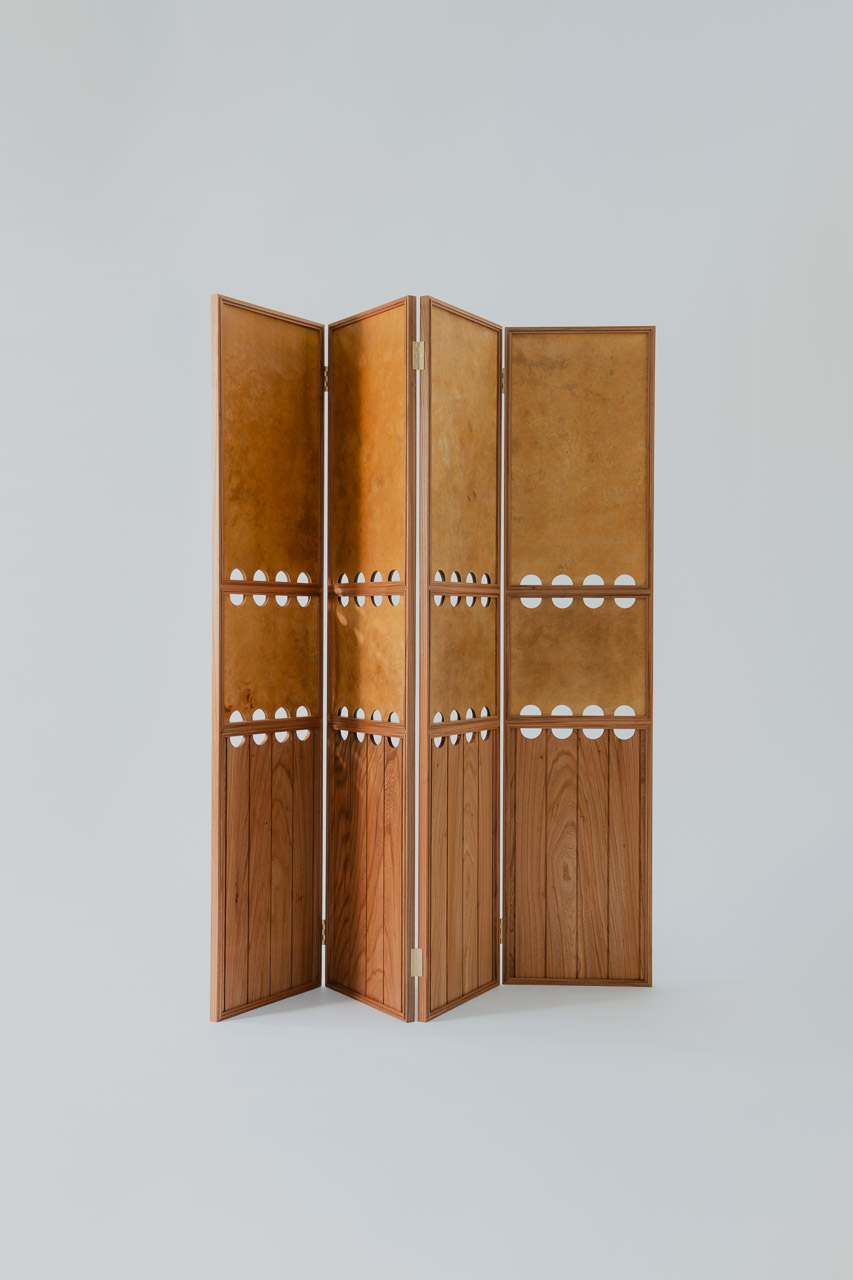
The timing couldn’t be more significant. As the design world increasingly seeks alternatives to environmentally damaging materials, Reishi has emerged as a genuine contender in the luxury market. More than just an eco-friendly leather alternative, mycelium leather has luxury brands excited because of its remarkable quality. Major fashion houses including Hermès, Stella McCartney, and Calvin Klein are already partnering with mycelium innovators like MycoWorks.
Beyond Traditional Materials: The Science of Sustainable Luxury
Reishi represents a significant advancement in biomaterial technology. MycoWorks has developed a patented mycelium-based technology called Fine Mycelium, resulting in luxury mycelium leather that looks and feels like fine animal leather but with much lower environmental impact. The material meets or exceeds furniture industry benchmarks for flexibility, abrasion resistance, colorfastness and aging, while producing only 6 pounds of carbon dioxide equivalent for every 11 square feet manufactured, far less than animal or synthetic leathers.
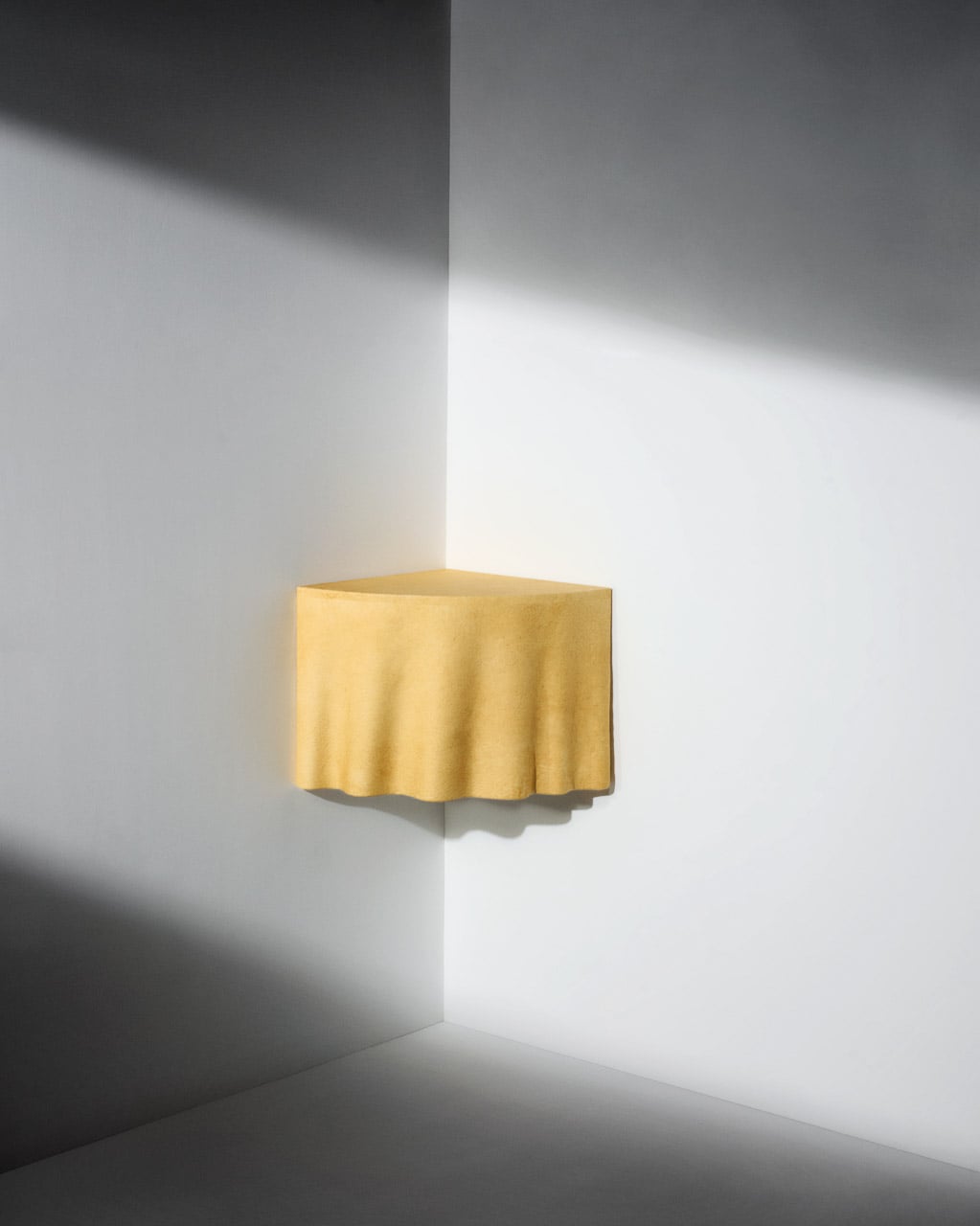
The commercial validation is impressive. Reishi recently debuted in a Ligne Roset couch and on the inner door panels of a concept electric General Motors Cadillac. MycoWorks operates a 136,000 square foot plant in Union, South Carolina, using artificial intelligence and robotics to automate production, with materials shipped for tanning to Igualada, Spain.
Masters of Modern Danish Design
The exhibition featured an extraordinary roster of talent, each bringing decades of expertise to this biomaterial exploration. Cecilie Manz, who founded her Copenhagen studio in 1998, has become synonymous with refined industrial design through collaborations with Bang & Olufsen, Iittala, Muuto, and Hermès. Her recent work includes the launch of Bang & Olufsen’s A1 3rd generation speaker in May 2025 and the Maku screen collection, demonstrating her continued relevance in contemporary design. Named Scandinavian designer of the year in 2024, Manz’s participation signals the serious consideration biomaterials are receiving from established designers.
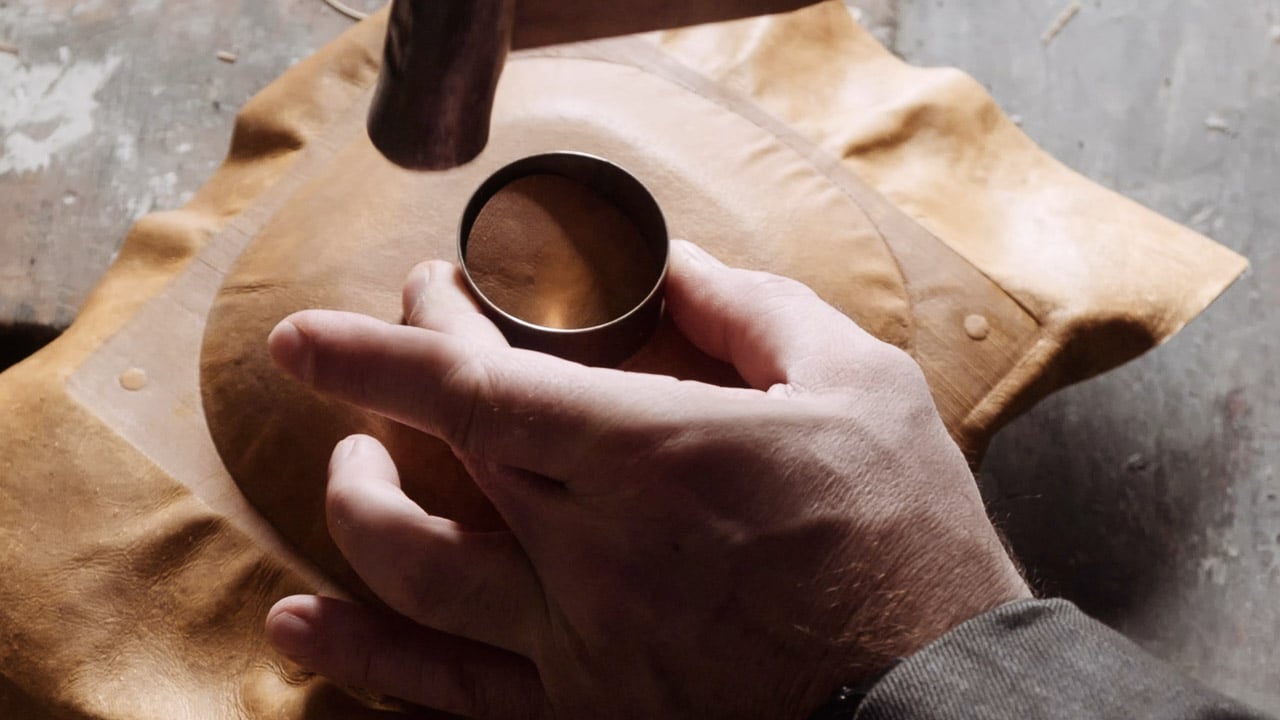
OEO Stamp
OEO Studio, founded in 2003 by Thomas Lykke and Anne-Marie Buemann, has garnered international recognition for redefining contemporary Scandinavian style. Their recent projects include designing the interiors for Noma Kyoto’s 2024 pop-up, and their work spans from Michelin-star restaurant interiors to medieval hotels in Italy. With pieces in the permanent collection of London’s Victoria and Albert Museum, their involvement with Reishi represents a significant endorsement of biomaterials in high-end design applications.
represents a significant endorsement of biomaterials in high-end design applications.
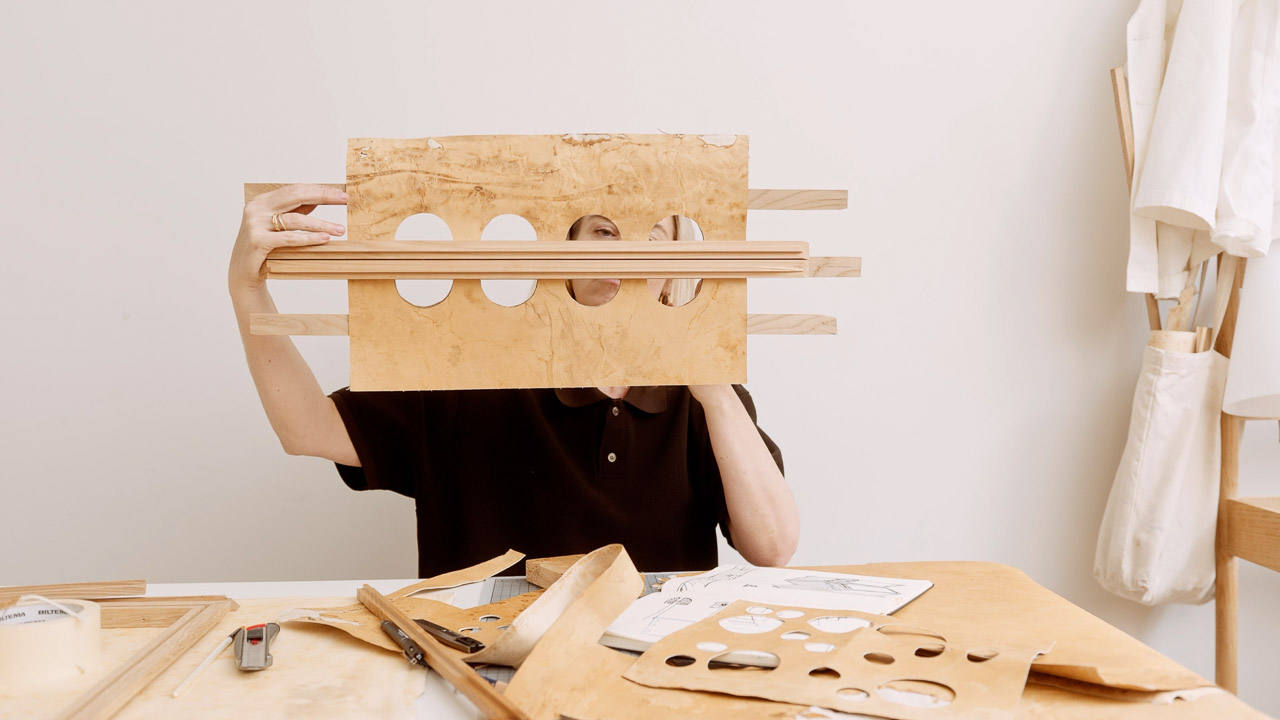
Maria Bruun
Maria Bruun brings particular gravitas to the collaboration. The 2022 Wegner Prize recipient also won the prestigious Danish Finn Juhl Prize in 2021, making her one of Denmark’s most decorated contemporary furniture designers. Her approach to working with natural materials, exemplified by acclaimed pieces like the Pioneer stool and Islets table for Fredericia, makes her collaboration with Reishi particularly compelling. Currently participating in the Bruno Mathsson Design Residency 2025, Bruun’s sculptural designs showcase a deep understanding of material properties.

Frederik Gustav
Frederik Gustav, established by Royal Academy graduates Frederik Weber and Gustav Dupont, continues pushing boundaries of construction and materiality from their Amager workshop, while atelier axo, founded in 2019 by Rose Hermansen and Caroline Sillesen, brings a crossdisciplinary approach characterized by poetic and structural sensibility.
Market Forces Driving Change
This Copenhagen showcase represents more than aesthetic experimentation. It signals a broader shift driven by market realities. The mycelium leather market, which reached $12 million in 2024, will soar up to $336 million by 2033, indicating massive growth potential for biomaterials. The global leather goods market exceeded $400 billion in 2021 and is expected to surpass $720 billion by 2030, creating enormous opportunity for sustainable alternatives.
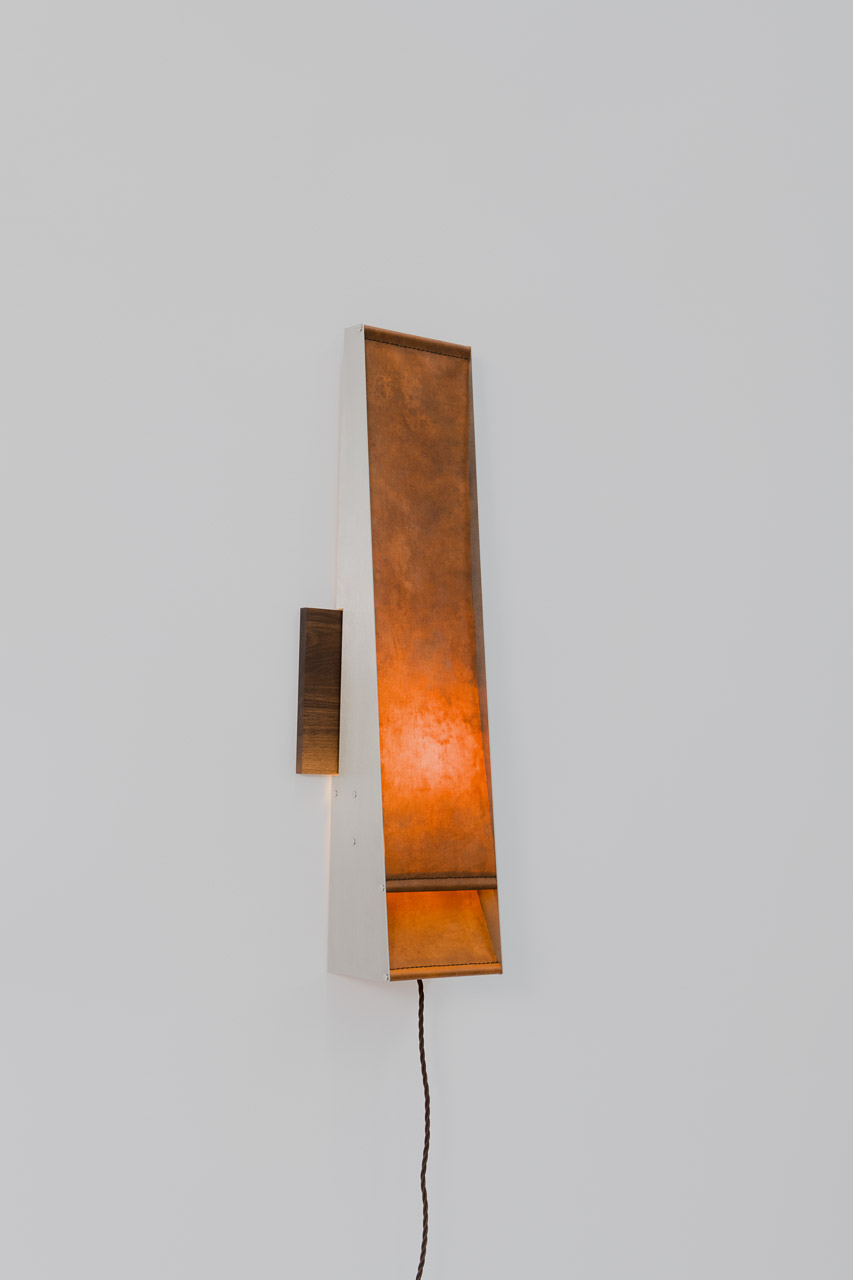
The exhibition’s focus on light interaction reveals another crucial aspect of material design. By emphasizing how Reishi responds to Nordic lighting conditions, the designers demonstrated that sustainable materials can enhance rather than limit creative expression. Each object is designed to capture and diffuse light, emphasizing texture, subtle detail, and emotional resonance.

The material’s versatility was demonstrated across multiple venues during the Copenhagen event. Beyond the main exhibition, Reishi appeared at ADORNO, showcasing the DUK floating side table conceptualized with Studio TOOJ, and at BIG’s Materialism presentation, indicating broad industry validation.
appeared at ADORNO, showcasing the DUK floating side table conceptualized with Studio TOOJ, and at BIG’s Materialism presentation, indicating broad industry validation.
The Future of Conscious Design
What makes this collaboration particularly significant is its demonstration that sustainable luxury doesn’t require compromise. As mycelium leather becomes more accessible, it serves as an excellent choice for designers looking to create quality products with a low carbon footprint. MycoWorks has focused on refining the material’s unique properties rather than attempting to imitate leather, creating what they call “not an alternative material, but a new category altogether.”
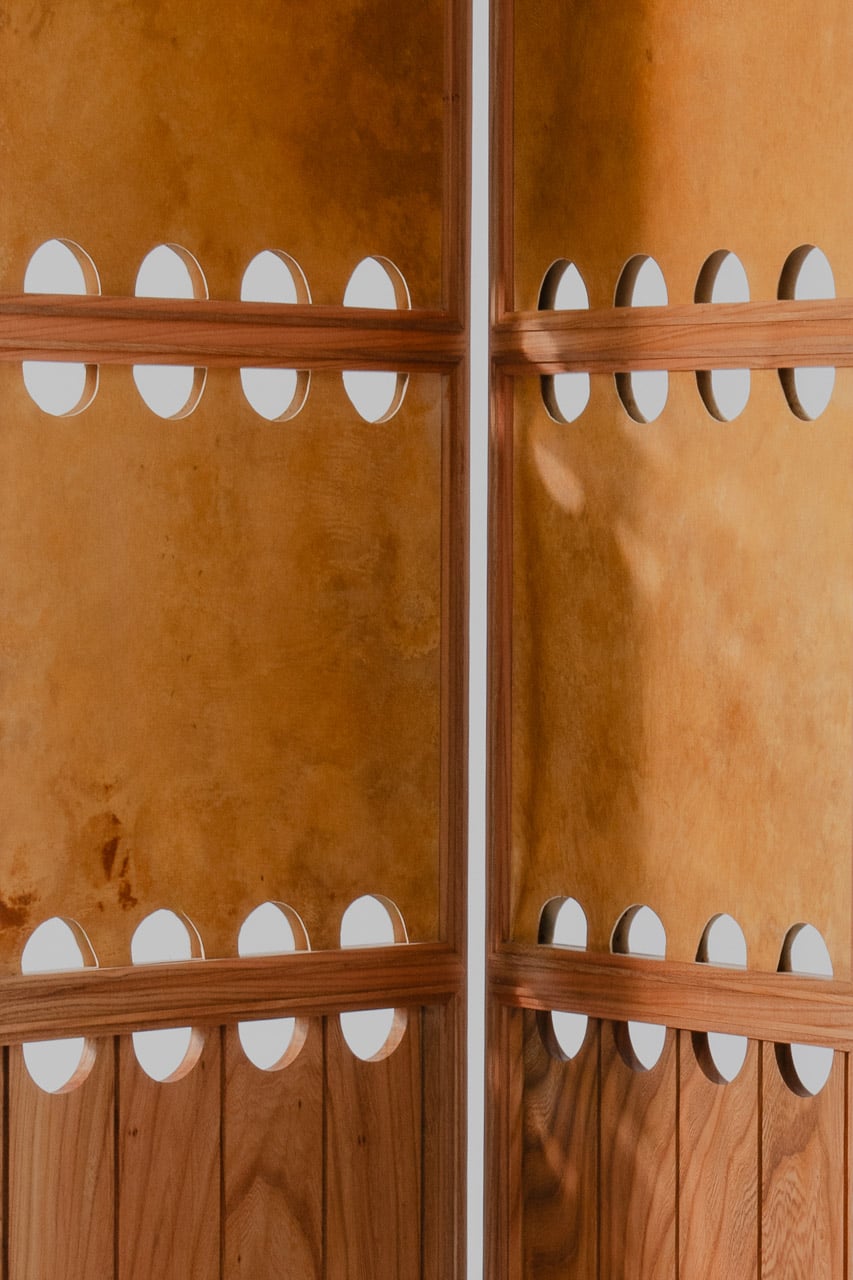
For designers and manufacturers watching this space, the Copenhagen exhibition offers a clear message: sustainable materials have moved beyond experimental status to become viable options for high-end applications. When designers of this caliber, from Manz’s industrial precision to Bruun’s material poetry, choose to work with emerging materials, it signals approaching mainstream adoption.
The exhibition ran from June 18-20, 2025, but its impact on sustainable design thinking will likely extend far beyond those three days in Copenhagen. As the design industry continues to grapple with environmental responsibilities, collaborations like this provide a roadmap for how traditional craftsmanship can evolve without losing its essential character and perhaps discover new expressive possibilities in the process.
The post When Nature Meets Nordic Design: MycoWorks’ Reishi Transforms Danish Craftsmanship first appeared on Yanko Design.











